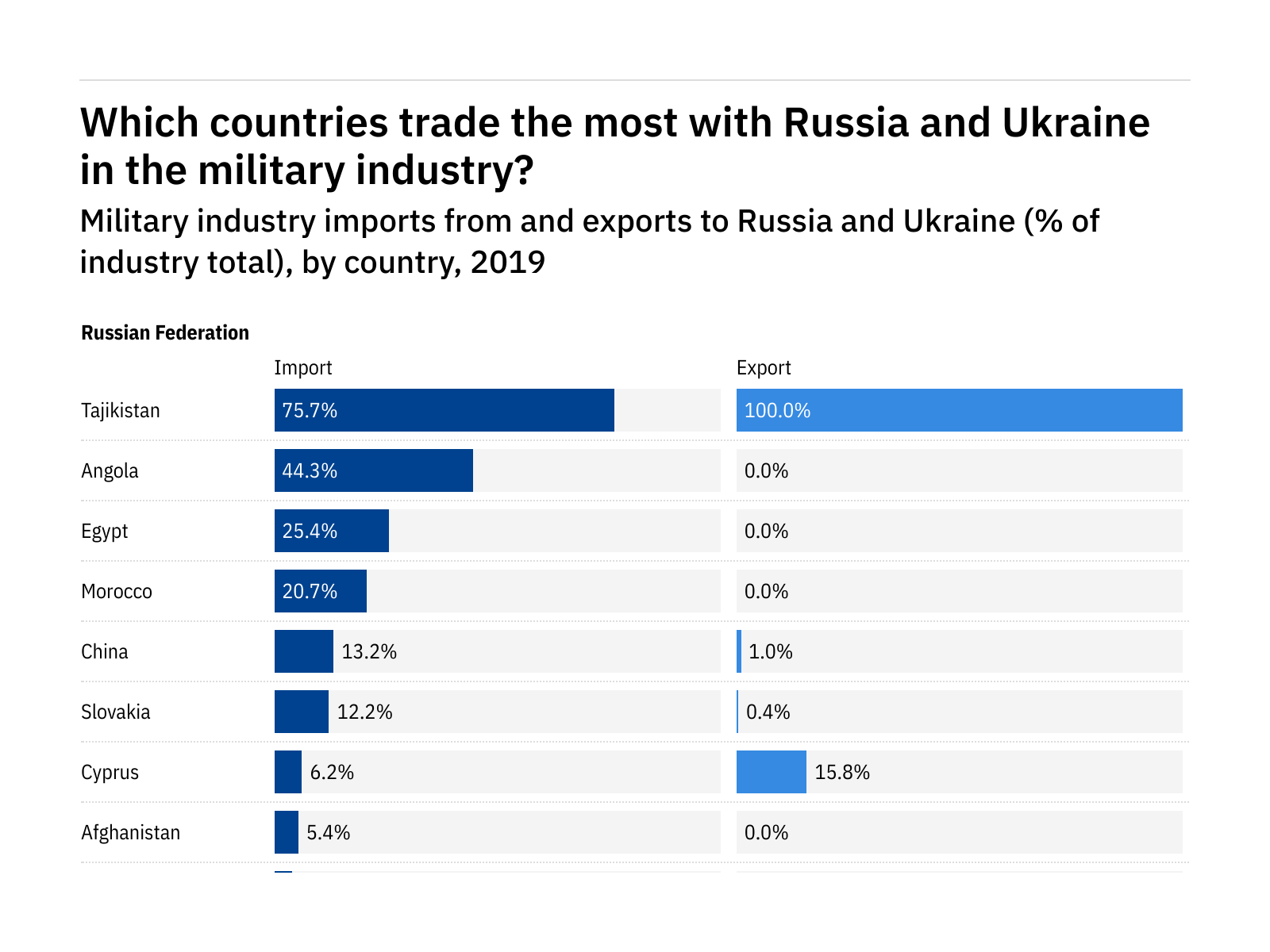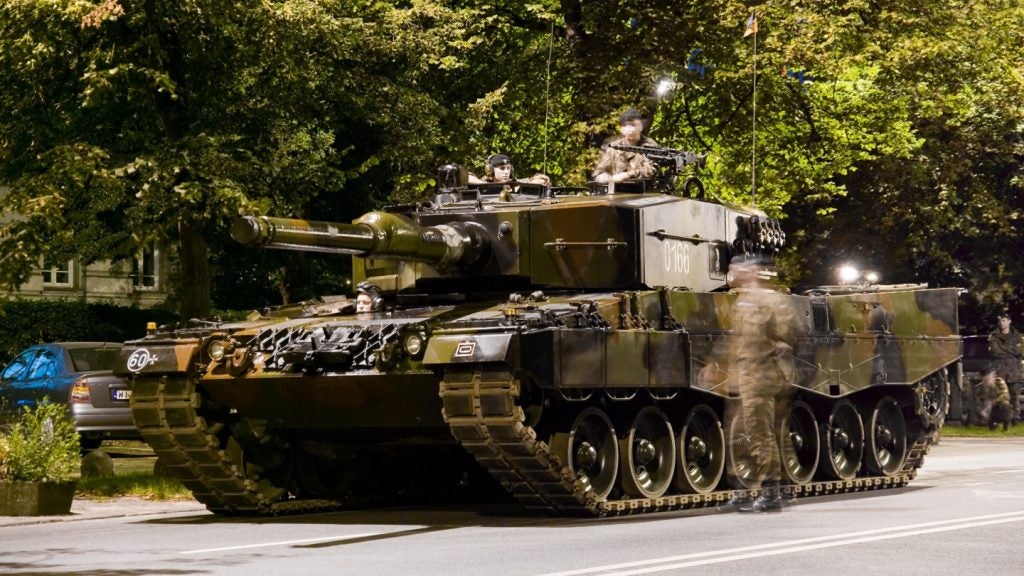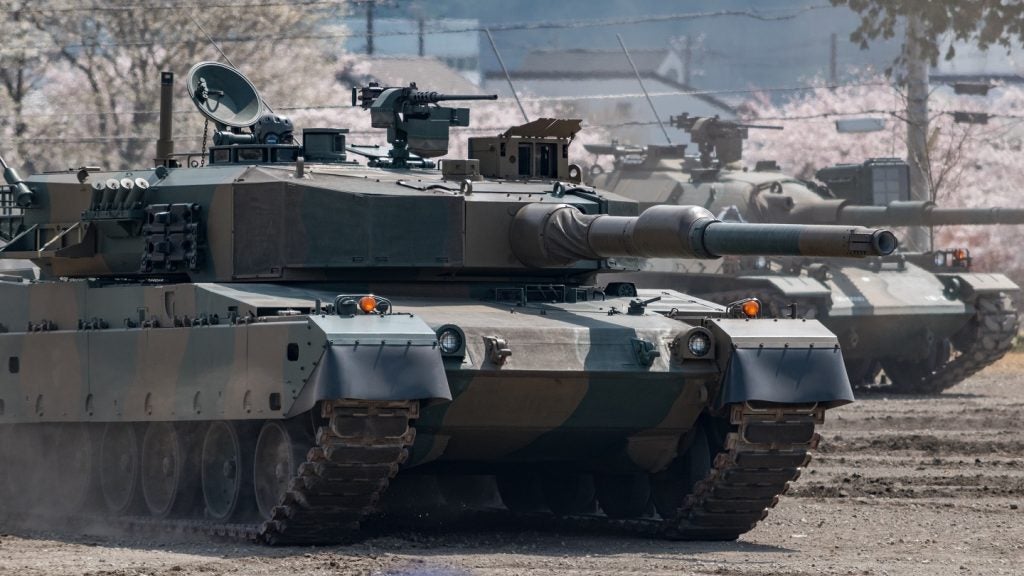
The Russian invasion of Ukraine has had large knock-on effects on global trade. Energy prices have spiked, and the sharp rise in wheat has prompted fears of a food crisis.
Free Buyers Guide
Leading Guide to Antennas, Masts & Towers for the Land Defence Industry
Thank you.
Go deeper with GlobalData
Your download email will arrive shortly.Please check your mail inbox to download buyer's guide
You may also be interested in:

Although rising energy prices already have a knock-on effect on many industries, oil, gas and wheat aren’t the only items traded out of Russia and Ukraine. Many nearby nations will also be feeling direct supply chain disruption in other industries, including the military industry.
Trade with Ukraine has become more difficult as supply lines have been blocked, and many industries have struggled due to bombings and a lack of labour as people have fled the country or joined the military.
Many countries and companies have also ceased trading with Russia, either due to sanctions or business choices. However, not all countries will have ceased trading.
What are the main commodities traded with Russia and Ukraine in the military industry?
Not including trade between the two nations, within the defence sector, around 0.1% of global imports of arms and ammunition, parts and accessories thereof comes from Ukraine. Looking at global exports to Russia, the most-traded commodities are arms and ammunition, parts and accessories thereof (0.3%).
Which countries' military industry could be most affected by the war?
When it comes to the military industry, the country that has the largest proportion of imports from Ukraine is Georgia, at 99.1% of the country’s military industry imports worldwide, followed by Mongolia (5.7%), and the United Arab Emirates (3.5%).
The countries that import the most from Russia are Georgia (75.7%), Angola (44.3%), and Egypt (25.4%).
Free Buyers Guide
Leading Guide to Antennas, Masts & Towers for the Land Defence Industry
Thank you.
Your download email will arrive shortly.Please check your mail inbox to download buyer's guide
You may also be interested in:

By downloading this case study, you acknowledge that GlobalData UK Limited may share your information with our white paper partners/sponsors who may contact you directly with information on their products and services.
Visit our Privacy Policy for more information about our services, how GlobalData may use, process and share your personal data, including information on your rights in respect of your personal data and how you can unsubscribe from future marketing communications. Our services are intended for corporate subscribers and you warrant that the email address submitted is your corporate email address.

Sign up for our daily news round-up!
Give your business an edge with our leading industry insights.






